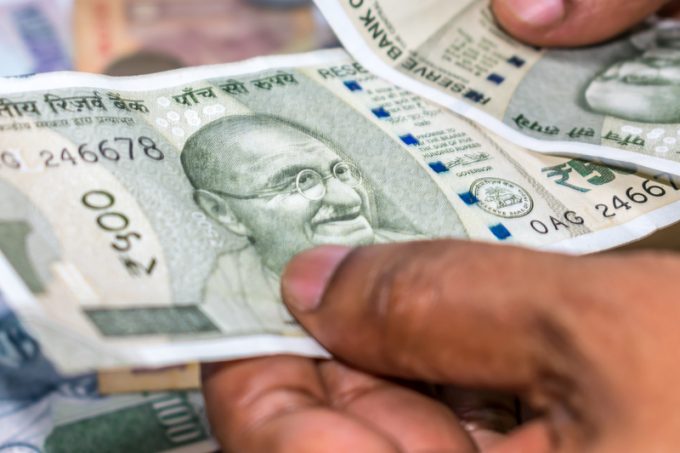Yang Ming to order 13 newbuild box ships for fleet renewal and new markets
Yang Ming today announced plans to acquire 13 containerships ranging in capacity from 8,000 to ...
FDX: ABOUT USPS PRIVATISATIONFDX: CCO VIEWFDX: LOWER GUIDANCE FDX: DISRUPTING AIR FREIGHTFDX: FOCUS ON KEY VERTICALFDX: LTL OUTLOOKGXO: NEW LOW LINE: NEW LOW FDX: INDUSTRIAL WOESFDX: HEALTH CHECKFDX: TRADING UPDATEWMT: GREEN WOESFDX: FREIGHT BREAK-UPFDX: WAITING FOR THE SPINHON: BREAK-UP ALLUREDSV: BREACHING SUPPORTVW: BOLT-ON DEALAMZN: TOP PICK
FDX: ABOUT USPS PRIVATISATIONFDX: CCO VIEWFDX: LOWER GUIDANCE FDX: DISRUPTING AIR FREIGHTFDX: FOCUS ON KEY VERTICALFDX: LTL OUTLOOKGXO: NEW LOW LINE: NEW LOW FDX: INDUSTRIAL WOESFDX: HEALTH CHECKFDX: TRADING UPDATEWMT: GREEN WOESFDX: FREIGHT BREAK-UPFDX: WAITING FOR THE SPINHON: BREAK-UP ALLUREDSV: BREACHING SUPPORTVW: BOLT-ON DEALAMZN: TOP PICK

Fears of supply chain disruption from an indefinite strike by Indian port workers have eased.
The action across 12 major ports was planned to begin today was cancelled after negotiators representing India’s shipping ministry agreed wage enhancements and additional fringe benefits for some 20,000 workers.
Union leaders on behalf the six labour groups said they were positive about the new wage accord, but said: “This was made possible only because of the preparations for the strike action in all major ports.”
T Narendra Rao, general secretary of the Water Transport Workers Federation of India, told The Loadstar the new agreement was a significant breakthrough, as government ports faced mounting competition from privately operated minor rivals, especially those owned and operated by Adani Ports.
“We have achieved the best for our workers,” he added.
The new wage contract will be valid for five years, retroactive to January 2022, according to the unions’ joint statement.
The local shipping and logistics communities have expressed relief that a deal was struck in time to avert trade disruption. Some industry groups had pressed the government to intervene and resolve the impasse in the overall interest of trade and business.
Among the government-controlled ports, terminals at Nhava Sheva, Chennai, V.O. Chidambaranar (Tuticorin), Cochin, Visakhapatnam and Kamarajar (Ennore) represent significant containerised traffic. According to the latest data, combined box volumes out of major ports from April through July stood at 4.3m teu, up 9.6% year on year.
A nationwide port strike, even with scattered local impacts, would have disrupted cargo flows just as exporters were making every effort to maximise shipments in the peak season.
Vessel schedules are already under pressure due to the Red Sea crisis-linked diversions, causing constant changes in gate cut-offs for export cargo. Truckers at Nhava Sheva have in recent weeks often complained about long waits at terminal gates and empty storage yards.
Amid the challenges, the value of Indian exports in July edged down 1% from the same month in 2023, after a streak of monthly increases since the start of fiscal 2024-25.
Ashwani Kumar, president of the Federation of Indian Export Organisations, believes export trade verticals have suffered heavily because of the supply chain issues.
“Some exporters have diverted to the domestic market, as profitability in exports has taken a hit from sharp rises in international freight (both ship and air) costs,” he said.
“Had it not been for these logistics challenges, including a lack of container availability, shipping space problems, irregular shipping schedules and ships skipping Indian ports, merchandise exports would have recorded yet another positive performance in double digits during the month.”
Comment on this article